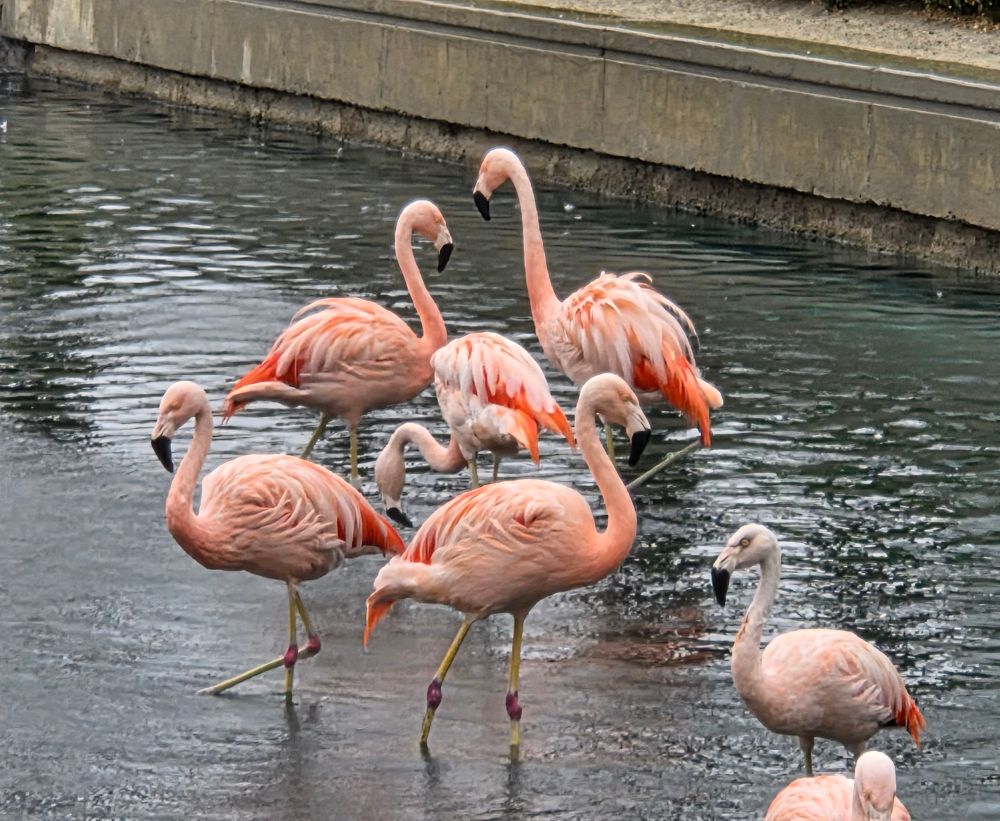jco.birdscaribbean.org
Journal of Caribbean Ornithology
Abstract Pterodroma hasitata, the Black-capped Petrel (locally known as Diablotin), is the only extant Pterodroma petrel nesting in the Caribbean. The species is listed as globally Endangered by the IUCN and was recently listed as endangered under the U.S. Endangered Species Act. Pterodroma hasitata show a phenotypic gradient, ranging from a darker, smaller form to a paler, heavier form, that is reflected in a strong genetic structure. This phylogenetic divergence suggests the existence of at least two distinct breeding populations. We report on pre-breeding movements of two male Pterodroma hasitata, one of each form, tracked by satellite from non-breeding areas in Gulf Stream waters of the western North Atlantic Ocean to breeding locations in Hispaniola in late 2019. Based on a combination of tracking locations, location error classes, battery voltage, and satellite communication schedules, we infer that the light-form petrel visited a nest in central Dominican Republic during 2 to 8 October and 9 to 15 October, and the dark form visited a nest in southeastern Haiti during 9 to 22 November and 29 November to 3 December. This information supports earlier suggestions that Pterodroma hasitata forms breed in allochrony and in allopatry, both of which may be a driver of speciation. Keywords biologging, Black-capped Petrel, breeding allochrony, breeding allopatry, endangered species, Pterodroma hasitata, seabird Resumen El rastreo satelital respalda las hipótesis de alocronía y alopatría reproductivas en Pterodroma hasitata (Petrel Antillano, Diablotín), especie En Peligro de extinción • Pterodroma hasitata, conocida comúnmente como Petrel Antillano (y localmente como Diablotín), es la única especie existente del género Pterodroma que actualmente anida en el Caribe. La especie está clasificada como En Peligro a nivel global por la UICN y ha sido recientemente incluida en la lista de especies en peligro de extinción bajo la Ley de Especies en Peligro de los Estados Unidos. Pterodroma hasitata muestra un gradiente fenotípico que va desde una forma más oscura y de menor tamaño hasta una forma más clara y de mayor peso, lo que se refleja en una marcada estructura genética. Esta divergencia filogenética sugiere la existencia de al menos dos poblaciones reproductoras diferenciadas. En este trabajo informamos sobre los movimientos pre-reproductivos de dos machos de Pterodroma hasitata —uno de cada forma—, rastreados por satélite desde sus áreas no reproductivas en las aguas de la Corriente del Golfo, en el Atlántico noroccidental, hasta sus zonas de cría en La Española a finales de 2019. A partir de una combinación de datos de geolocalización, grupos de error posicional, voltajes de batería y horarios de comunicación satelital, inferimos que el individuo de forma clara visitó un nido en el centro de la República Dominicana entre el 2 y el 8 de octubre y nuevamente del 9 al 15 de octubre; mientras que el individuo de forma oscura visitó un nido en el sureste de Haití del 9 al 22 de noviembre y del 29 de noviembre al 3 de diciembre. Estos resultados respaldan observaciones previas que sugieren que las distintas formas de Pterodroma hasitata se reproducen de manera alocrónica y alopátrica, factores que podrían actuar como motores de especiación. Palabras clave alocronía reproductiva, alopatría reproductiva, ave marina, bioregistro, especie en peligro, Petrel Antillano, Pterodroma hasitata Résumé Le suivi par satellite soutient les hypothèses d'allochronie et d'allopatrie de reproduction chez Pterodroma hasitata (Pétrel diablotin), espèce clasée en danger d'extinction • Pterodroma hasitata, le Pétrel diablotin, est la seule espèce existante du genre Pterodroma à nicher dans la Caraïbe. L’espèce est classée par l’UICN comme en danger au niveau mondial et a récemment été classée comme en danger au titre de la loi américaine sur les espèces menacées (Endangered Species Act). Pterodroma hasitata présente un gradient phénotypique, allant d’une forme plus sombre et plus petite à une forme plus pâle et plus grande, reflété dans une forte structure génétique. Cette divergence phylogénétique suggère l’existence de deux populations reproductrices distinctes. Nous faisons état des déplacements prénuptiaux de deux mâles Pterodroma hasitata (un de chaque forme) suivis par satellite depuis les zones fréquentées en dehors de la période de reproduction dans les eaux du Gulf Stream de l’ouest de l’Atlantique Nord jusqu’aux sites de reproduction à Hispaniola fin 2019. En combinant les localisations par satellite, les classes d’erreurs de localisation, les tensions de batterie et les programmations de communication par satellite, nous pouvons déduire que le pétrel de forme claire a visité un nid dans le centre de la République dominicaine entre le 2 et le 8 octobre et entre le 9 et le 15 octobre, et que le pétrel de forme sombre a visité un nid dans le sud-est d’Haïti entre le 9 et le 22 novembre et entre le 29 novembre et le 3 décembre. Ces informations confortent les suggestions antérieures selon lesquelles les formes de Pétrels diablotins nichent en allochronie et en allopatrie, ce qui peut être un facteur de spéciation. Mots clés allochronie de reproduction, allopatrie de reproduction, bio-logging, espèce en danger, oiseau marin, Pétrel diablotin, Pterodroma hasitata

 Daryll Marie
Daryll Marie 




















































